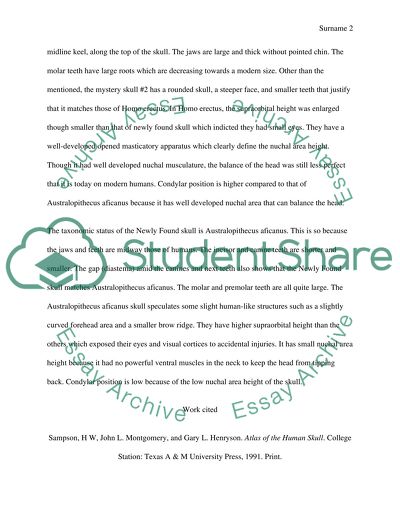Skulls identification Essay Example | Topics and Well Written Essays - 500 words. Retrieved from https://studentshare.org/anthropology/1643025-skulls-identification
Skulls Identification Essay Example | Topics and Well Written Essays - 500 Words. https://studentshare.org/anthropology/1643025-skulls-identification.


